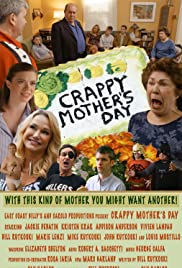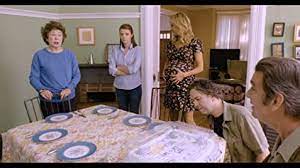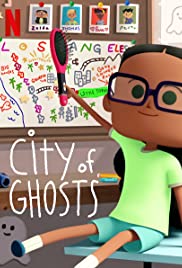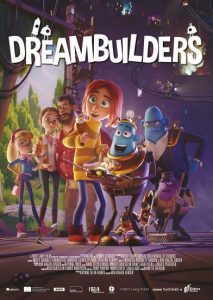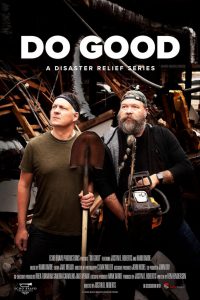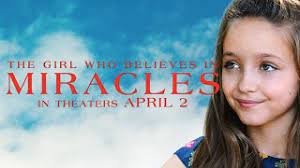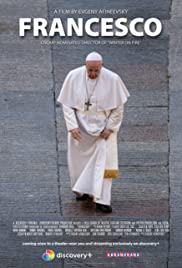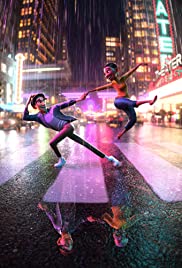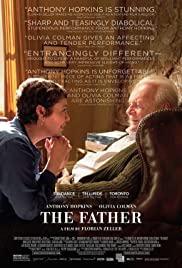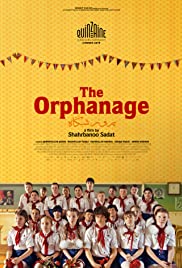RK/RKAY * A Mind-Bending, Multi-Layered Film, Shot And Edited With Meticulous Care
May 12th, 2021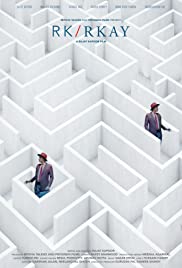
RK is a filmmaker, making a new film, in which he also plays the lead character of Mahboob. Its a quaint film, like a tribute to the cinema of the sixties. People close to him are not really sure why RK wants to make this film.. Edit begins and RK has a sinking feeling that this film is not going to come together, that this time he has really screwed up. His nightmares warn him of an impending disaster. Sure enough, one afternoon RK gets a call from the edit room- something terrible has happened. Mahboob has run away, run out of the film. Nobody can really understand why would he leave, where would he go. But he is not there anymore in the rushes- missing from the film negative as well. The fact is Mahboob was running away from his killers, and somehow he left the film and arrived in our world. RK finds him, brings him home- but Mahboob has no idea where he is from, or that he is any different from people around him. Slowly, he is told. They must convince him to go back to the film, so that RK can finish his film. KIDS FIRST! Film Critic Eshaan M. comments, “A mind-bending film, RK/RKAY is a multi-layered film, shot and edited with care for small details. You’ll be tuned in, trying to figure out where the plot will go next, throughout the duration of the film.” See his full review below.
RK/RKAY
By Eshaan Mani, KIDS FIRST! Film Critic, age 15

A mind-bending film, RK/RKAY is a multi-layered film, shot and edited with care for small details. You’ll be tuned in, trying to figure out where the plot will go next, throughout the duration of the film.
The storyline follows filmmaker RK (Rajat Kapoor) who is in the process of directing and starring in his film. He plays the lead character of Mahboob. The film opens with a nostalgic vignette for 1960s Bollywood films – the clamor on set, a high-maintenance actress as the female lead Gulabo (Mallika Sherawat) and a slight sepia tone. Everything seems to be going just fine when the editing for the film begins, but RK gets a call from the editing room. Mahboob has run out of the film and has somehow entered the real world, fleeing from the film’s cartoonish killers when RK finds him and brings him home to sort things out. RK must convince Mahboob to go back into the world of the film, as that is where he belongs.
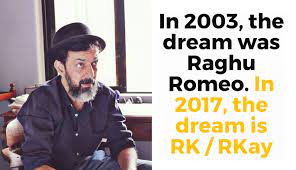
RK/RKAY is a crowd-funded film, but you cannot tell from the incredible production quality. Director Rajat Kapoor is an experienced short and feature length film director and his expertise, even with a low budget, is evident. I am blown away by the cinematography, script and overall production quality. The film-within-a-film premise requires clear dialogue to avoid confusion, and RK/RKAY delivers. Even though it is a Hindi film, the subtitles are clear and you can easily follow what’s happening. I also love the cinematography; the film makes amazing use of light and shadows as well as colors. The film that RK is producing has a bit of a sepia or golden tint to it, as does Mahboob when he enters the real world. Depending on their mood, characters may be placed halfway, completely, or not at all in the shadow. Though the film tends to drag a bit in the second half, the whole production effort is impressive enough that one gets pulled back into the film.

RK/RKAY promotes messages of finding yourself, being dedicated to your projects, and staying true to love.
I give RK/RKAY 4 out of 5 stars and recommend it for ages 15-18, plus adults. RK/RKAY premieres in the US and Canada on May 14, 2021, in theatres and virtually.
